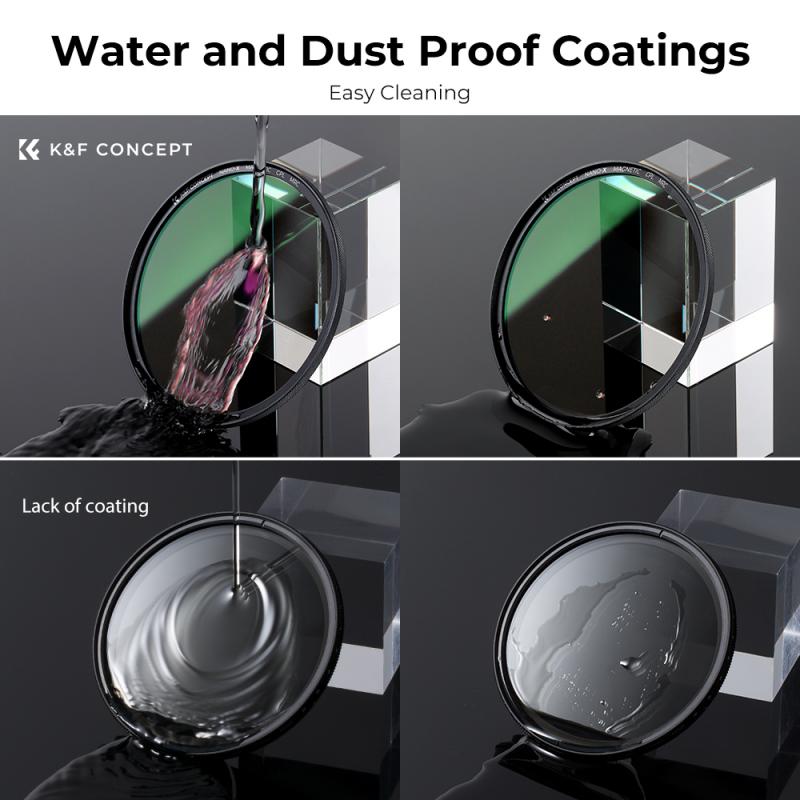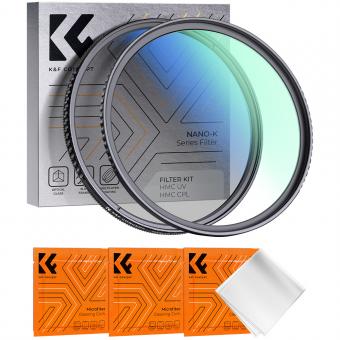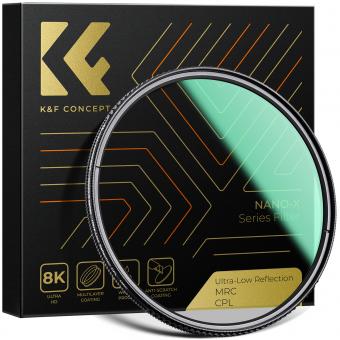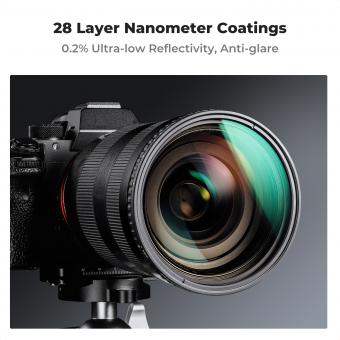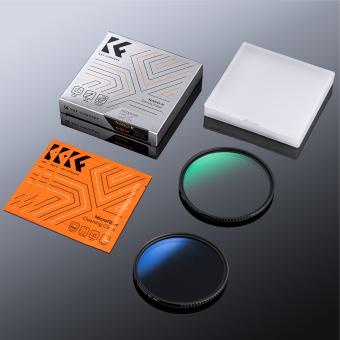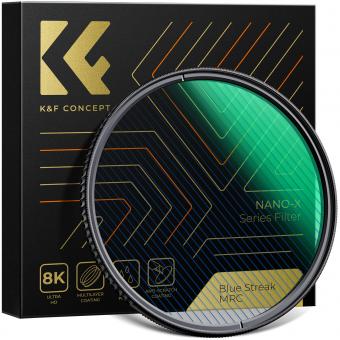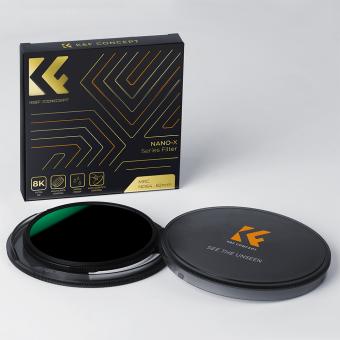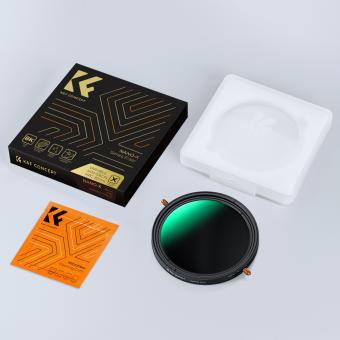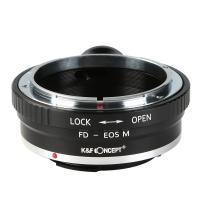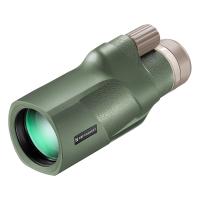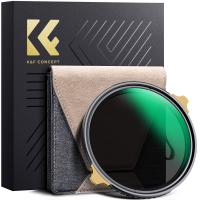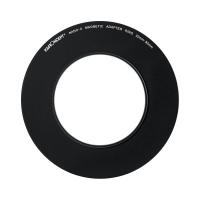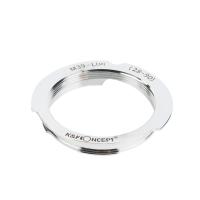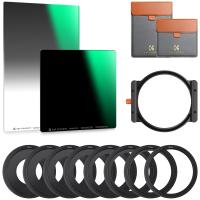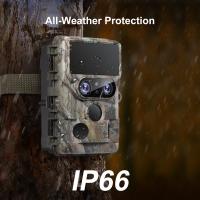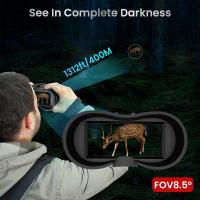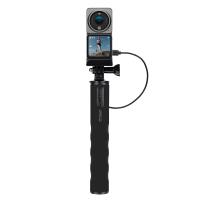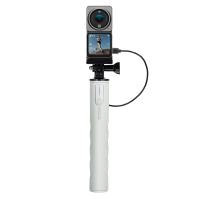How To Use Circular Polarizer ?
To use a circular polarizer, attach it to the front of your camera lens by screwing it on. Rotate the filter until you achieve the desired effect. The filter will reduce glare and reflections from non-metallic surfaces, such as water or glass, and enhance color saturation. It is particularly useful for landscape photography, as it can darken the sky and make clouds stand out. Additionally, it can also be used to minimize reflections on shiny objects or windows when shooting indoors or through a car window. Experiment with different angles of rotation to achieve the desired effect, and be mindful that using a polarizer may reduce the amount of light entering the camera, so you may need to adjust your exposure settings accordingly.
1、 Understanding Circular Polarizer Filters and Their Purpose
A circular polarizer filter is a valuable tool for photographers and videographers as it helps to enhance the quality of their images by reducing glare and reflections. Understanding how to use a circular polarizer filter effectively can greatly improve the overall visual impact of your photographs.
To use a circular polarizer filter, follow these steps:
1. Attach the filter to your camera lens: Screw the circular polarizer filter onto the front of your camera lens. Make sure it is securely attached.
2. Adjust the angle of the filter: Rotate the filter to achieve the desired effect. The filter has a rotating ring that allows you to control the amount of polarization. Look through the viewfinder or LCD screen and rotate the filter until you see the desired effect.
3. Reduce glare and reflections: The primary purpose of a circular polarizer filter is to reduce glare and reflections. This is particularly useful when shooting landscapes, water bodies, or glass surfaces. By rotating the filter, you can effectively eliminate unwanted reflections and achieve richer, more vibrant colors.
4. Enhance contrast and saturation: Circular polarizer filters also help to enhance contrast and saturation in your images. By reducing scattered light, the filter allows colors to appear more saturated and details to become more pronounced.
5. Experiment with different angles: Don't be afraid to experiment with different angles and rotations of the filter. Depending on the direction of the light source and the subject, you may need to adjust the filter to achieve the desired effect.
It's important to note that circular polarizer filters work best when the light source is at a 90-degree angle to the subject. Additionally, they can reduce the amount of light entering the camera, so you may need to adjust your exposure settings accordingly.
In conclusion, understanding how to use a circular polarizer filter can greatly enhance the quality of your photographs by reducing glare, reflections, and enhancing contrast and saturation. Experiment with different angles and rotations to achieve the desired effect and make your images truly stand out.
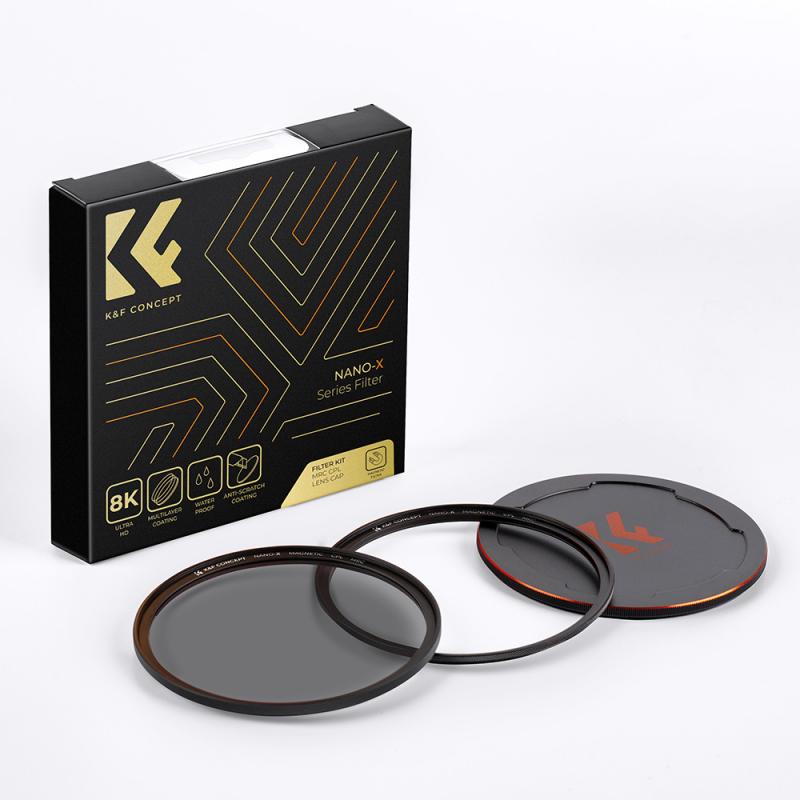
2、 Mounting a Circular Polarizer Filter on Your Camera Lens
Mounting a circular polarizer filter on your camera lens is a simple yet effective way to enhance your photography. A circular polarizer filter helps reduce glare and reflections, deepen colors, and improve overall image quality. Here's how to use a circular polarizer filter effectively:
1. Choose the right size: Circular polarizer filters come in various sizes, so make sure to select one that fits your camera lens diameter. Check the lens cap or lens barrel for the filter size information.
2. Screw it on: Hold the filter with the front element facing you and carefully screw it onto the lens. Ensure it is securely attached but be cautious not to overtighten it.
3. Adjust the polarization: Once the filter is mounted, look through the viewfinder or LCD screen and rotate the outer ring of the filter. As you rotate it, you will notice the effect of the polarization changing. Experiment with different angles to achieve the desired effect.
4. Reduce reflections: To minimize reflections from non-metallic surfaces like water or glass, rotate the filter until the glare is reduced or eliminated. This is particularly useful when shooting landscapes or through windows.
5. Enhance colors: Rotating the filter can also deepen the colors in your images, making them more vibrant and saturated. This is especially noticeable in blue skies or foliage.
6. Be mindful of the light source: Keep in mind that circular polarizers work best when the light source is at a 90-degree angle to the subject. Adjust the filter accordingly to maximize its effectiveness.
7. Remove the filter when not needed: While circular polarizers are great tools, they can also reduce the amount of light entering the lens. Therefore, it's advisable to remove the filter when shooting in low-light conditions or when it's not necessary.
Remember, practice is key to mastering the use of a circular polarizer filter. Experiment with different settings and subjects to fully understand its capabilities and limitations.

3、 Adjusting the Polarizer to Achieve Desired Effect
A circular polarizer is a versatile tool that can greatly enhance your photography by reducing glare and reflections, increasing color saturation, and improving overall image quality. To use a circular polarizer effectively, follow these steps:
1. Attach the polarizer to your camera lens: Screw the circular polarizer onto the front of your lens, ensuring it is securely attached.
2. Identify the source of glare or reflection: Look for shiny surfaces or areas where light is bouncing off objects. These can include water, glass, or metallic surfaces.
3. Rotate the polarizer: Start by rotating the polarizer slowly while looking through the viewfinder or LCD screen. Observe the changes in the scene as you rotate the filter.
4. Adjust the polarizer to achieve the desired effect: The polarizer has the most impact when shooting at a 90-degree angle from the light source. Rotate the filter until you see the glare or reflection diminish or disappear. This will help reveal the true colors and details of the scene.
5. Experiment with different angles: Depending on the composition and lighting conditions, you may need to adjust the polarizer at different angles to achieve the desired effect. Keep experimenting until you find the optimal position.
It's important to note that the effectiveness of a circular polarizer can vary depending on the angle of the light source, the position of the camera, and the type of surface you are shooting. Additionally, polarizers work best in outdoor settings with natural light. In some cases, such as when shooting through windows or in low-light conditions, the polarizer may have limited or no effect.
In conclusion, using a circular polarizer involves attaching it to your lens, identifying sources of glare or reflection, and adjusting the filter to achieve the desired effect. Experimentation and practice will help you master the art of using a circular polarizer to enhance your photography.
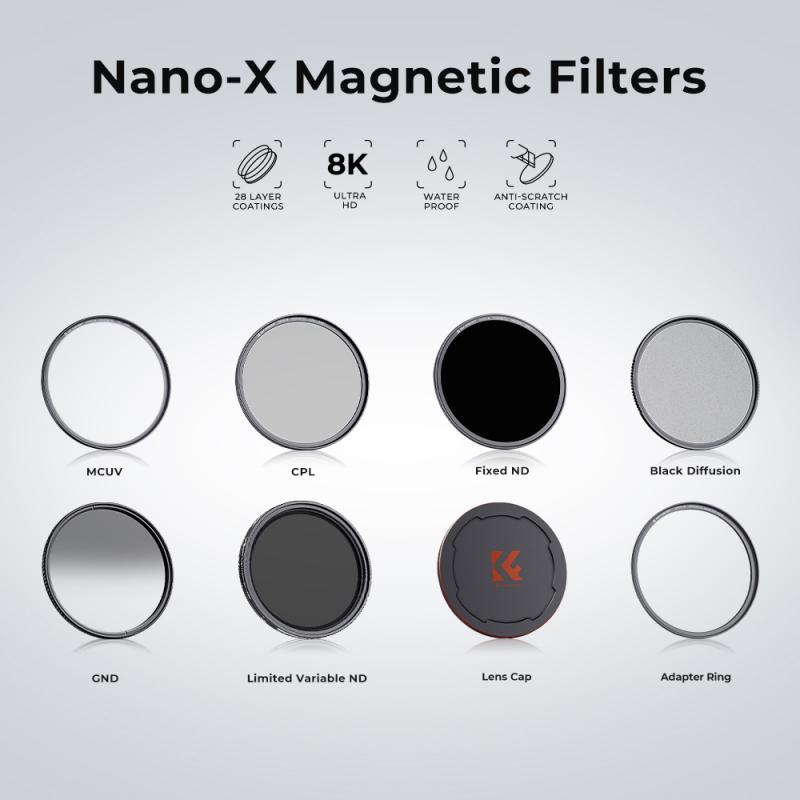
4、 Minimizing Glare and Reflections with Circular Polarizers
Circular polarizers are essential tools for photographers and videographers looking to minimize glare and reflections in their images. Here's a step-by-step guide on how to use a circular polarizer effectively:
1. Attach the polarizer to your camera lens: Screw the circular polarizer onto the front of your lens. Make sure it is securely attached.
2. Adjust the orientation: Look through the viewfinder or LCD screen and rotate the polarizer until you achieve the desired effect. The polarizer has a rotating ring that allows you to adjust the angle of polarization.
3. Observe the effect: As you rotate the polarizer, you will notice changes in the amount of glare and reflections in your scene. Keep rotating until you achieve the desired reduction in glare.
4. Experiment with different angles: Depending on the angle of the light source and the surface you are photographing, you may need to adjust the polarizer to find the optimal angle of polarization. This may require some trial and error.
5. Be mindful of the sky: Circular polarizers are particularly effective at reducing glare and reflections in the sky. By rotating the polarizer, you can darken the sky and make clouds stand out more prominently.
6. Consider the trade-offs: While circular polarizers are great for reducing glare and reflections, they also reduce the amount of light entering the lens. This can result in longer exposure times or the need to increase ISO settings in low-light situations.
In recent years, there has been a growing awareness of the potential negative impact of circular polarizers on the environment. Some manufacturers have started producing eco-friendly polarizers that minimize the use of harmful chemicals in their production process. Additionally, advancements in technology have led to the development of ultra-slim polarizers that reduce vignetting and allow for wider-angle shots without any significant loss in image quality.
Overall, circular polarizers are powerful tools for minimizing glare and reflections in photography and videography. By following these steps and considering the latest advancements, you can effectively use a circular polarizer to enhance your images and videos.
